Achieving absolute precision in motion systems isn’t possible without total control over the surrounding environment. That’s why more industries are turning to the vacuum environment where air, particles, and instability are eliminated to create the cleanest possible conditions for movement. Whether in semiconductor manufacturing, optical systems, or ultra-high vacuum research, motion accuracy depends on how well your system performs in the absence of air.
This article explores the critical role of vacuum environments in modern engineering, the challenges they present, and why choosing the right linear motor is essential for success in precision linear motion.
What Is a Vacuum Environment?
A vacuum environment is not just an absence of air, it is a meticulously controlled space where pressure is dramatically lower than atmospheric levels. In industrial and scientific terms, this environment eliminates nearly all particles, contaminants, and air molecules, creating the perfect condition for precision linear motion and high-performance linear motor systems.
A vacuum environment empowers you to push the limits of cleanliness, accuracy, and efficiency. Whether you’re manufacturing semiconductors, aligning optics, or assembling components under sterile conditions, vacuum isn’t optional, it’s essential.
Classifications of Vacuum environments
Depending on the level of pressure reduction, we classify vacuum into several categories:
1. Low Vacuum (Rough Vacuum)
- Pressure range: 1000 to 1 mbar
- Common in basic industrial settings or packaging
2. High-Vacuum Environment
- Pressure range: 10⁻³ to 10⁻⁷ mbar
- Ideal for precision motion applications in semiconductor, photonics, and space simulation industries
3. Ultra-High Vacuum (UHV)
- Pressure below 10⁻⁷ mbar
- Required for electron microscopy, atomic research, and ultra-sensitive linear motor environments
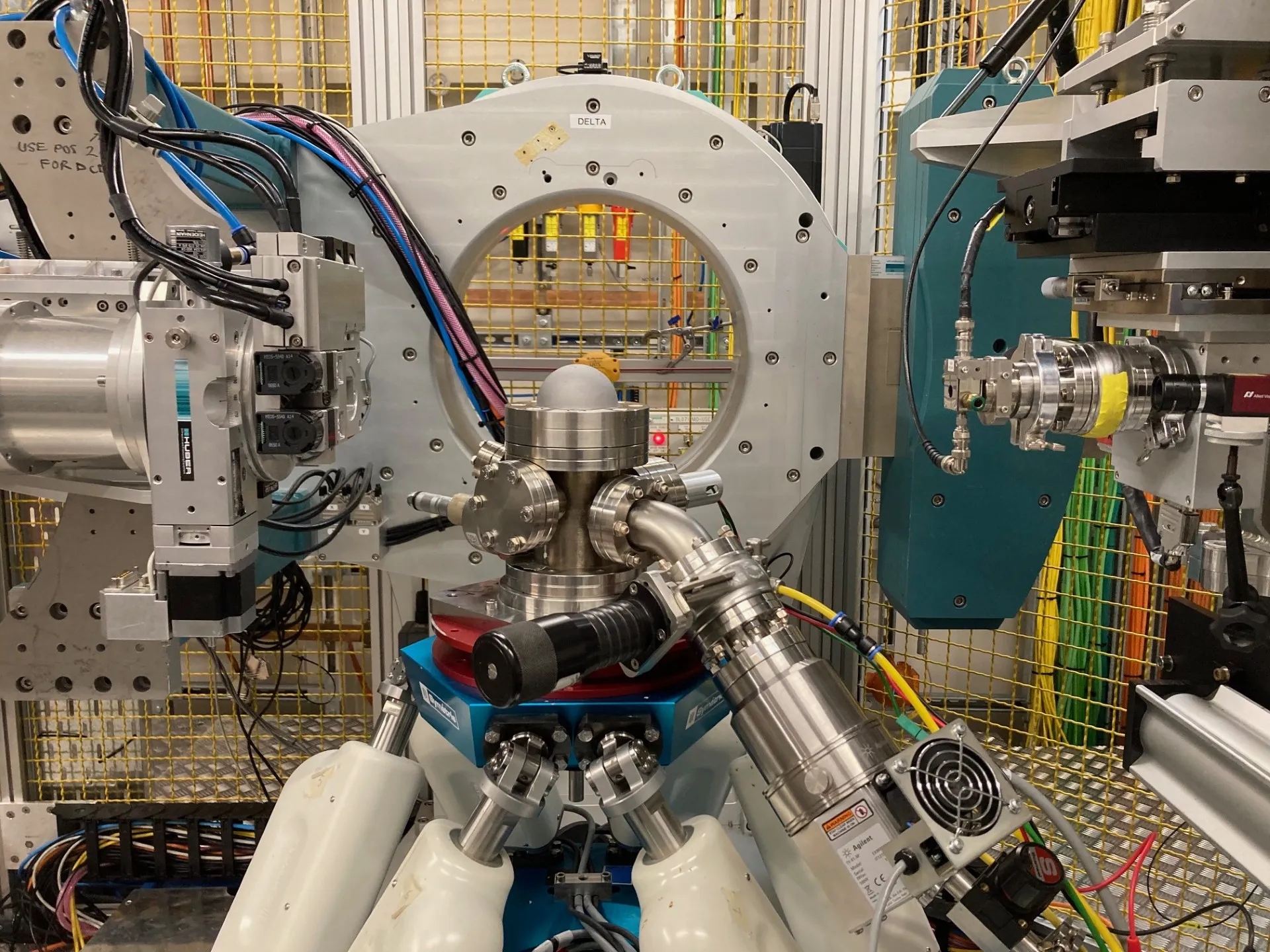
The deeper the vacuum, the greater the control. UHV applications demand extraordinary design precision; every screw, cable, and motor must be engineered for ultra-clean performance.
Key physical characteristics of a Vacuum Environment
The extreme conditions of a vacuum environment bring both challenges and unmatched advantages. Here’s what defines it:
- Minimal gas molecules: With nearly no air molecules, there’s virtually zero particle interference, enabling precision linear motion without drag or turbulence.
- No dust or contaminants: Perfect for cleanroom-grade applications where even microscopic contamination is unacceptable.
- No sound transmission: Sound cannot travel in a vacuum, eliminating acoustic interference in sensitive testing systems.
- Poor heat conduction: Traditional cooling methods fail in vacuum. That’s why vacuum-rated linear motors must be designed with optimized thermal paths.
These characteristics may sound extreme and they are. But they’re exactly why industries are turning to industrial environment vacuum systems to achieve breakthroughs in control, speed, and micro-level accuracy.
Why Vacuum matters in precision motion control
Below are the key reasons vacuum matters in today’s most advanced motion control systems.
1. Eliminating particles for Ultra-Clean operation
In industries like semiconductor and photonics, a single particle of dust can destroy a high-value process. A vacuum environment eliminates airborne contaminants entirely, allowing your precision linear motion system to operate in a particle-free zone.
The result: higher yields, fewer defects, and uncompromised cleanliness.
2. Preventing oxidation and corrosion
Oxidation slowly degrades mechanical components especially in high-speed linear motor systems. Inside a high-vacuum environment, the absence of oxygen prevents corrosion, protects materials, and ensures system longevity without performance loss over time.
3. Eliminating airflow disturbance
Turbulence from air movement can introduce vibrations that compromise motion accuracy. In a vacuum environment, there is no airflow, which means your system moves with exceptional smoothness and precision. This is critical for applications requiring sub-micron repeatability.
4. Preventing outgassing and system contamination
Standard motion components release gases under vacuum, a phenomenon known as outgassing. These gases contaminate optics, wafers, and sensitive instruments.
Vacuum-ready systems avoid this entirely by using materials, cables, and coatings that are rated for industrial environment vacuum conditions.
5. Managing heat in the absence of air
Without air, there is no natural heat dissipation. Motion systems not built for vacuum will quickly overheat. Specialized vacuum-compatible linear motors solve this with optimized thermal design, keeping performance stable even in long, demanding operation cycles.
6. Enabling precision without compromise
A vacuum environment strips away instability, leaving nothing but pure mechanical performance. It allows precision linear motion systems to perform at their highest capability smoother acceleration, pinpoint positioning, and faster throughput without interference.
Key Applications of Vacuum Linear Motion Systems
From cleanrooms to outer space, vacuum-compatible linear motors are driving breakthroughs in accuracy, speed, and contamination control.
Semiconductor Manufacturing
Applications: Lithography, wafer inspection, die bonding
- Operating in a high-vacuum environment eliminates airborne particles that can destroy microchips.
- Vacuum-rated precision linear motion systems ensure sub-micron alignment and vibration-free movement 24/7.
- Clean motion translates to higher yields and lower defect rates.
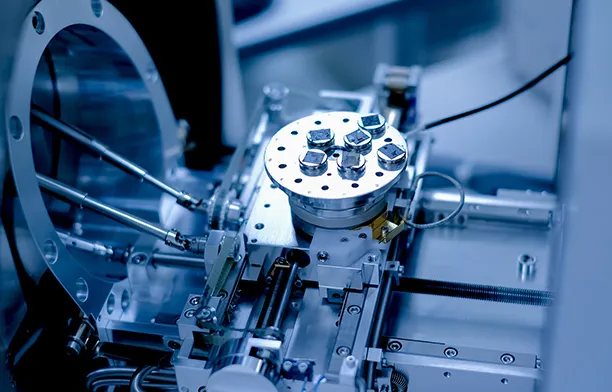
Medical and Biotech
Applications: Diagnostic automation, sterile fluid handling, lab robotics
- A controlled industrial environment vacuum prevents sample contamination in high-purity workflows.
- Motion components must be non-outgassing, oil-free, and extremely reliable.
- Vacuum linear motors deliver fast, quiet, and accurate movement for automated analysis.
Optics and Laser Systems
Applications: Mirror alignment, beam steering, optical positioning
- Even a microscopic shift in alignment can ruin results in laser systems.
- A vacuum environment eliminates airflow disruption and keeps optics stable.
- Cogging-free linear motors provide smooth, ultra-precise motion ideal for beam path control.
Space Simulation and Aerospace
Applications: Satellite testing, vacuum chambers, thermal-vac simulations
- Simulating the vacuum of space requires systems built for high-vacuum environments.
- Motion stages must operate without conventional cooling or lubrication.
- Aerospace testing demands rugged, contamination-free linear motion solutions.
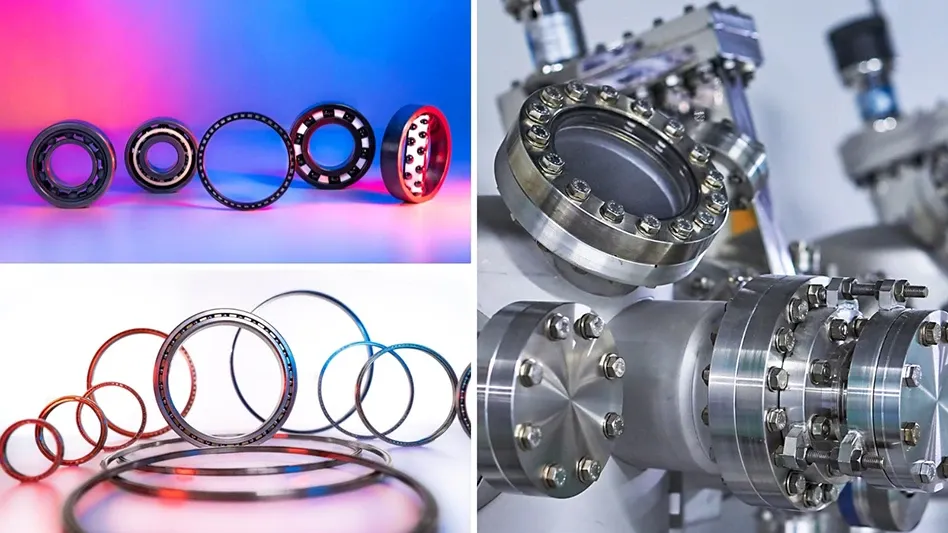
Scientific Research and UHV Applications
Applications: Electron microscopy, particle physics, quantum computing
- Ultra-high vacuum (UHV) systems require extreme cleanliness and thermal stability.
- Even the slightest vibration or thermal drift can invalidate data.
- Only high-end precision linear motion solutions can meet UHV research demands.
Challenges of Designing Motion Systems for Vacuum
Heat without air
In a vacuum environment, there’s no air to carry heat away. Friction builds quickly, especially in fast-moving linear motors. If the system isn’t designed to manage thermal load, overheating will compromise performance.
Outgassing contamination
Common materials release gases in high-vacuum environments, contaminating lenses, wafers, and sensors. Only vacuum-rated components can ensure a clean, stable operating space.
No standard lubrication
Grease and oil can’t be used in an industrial environment vacuum. Instead, motion parts must rely on dry-film coatings or friction-minimizing design to operate smoothly without creating debris.
Electronics and cables under pressure
Cables and electronics must be insulated, shielded, and resistant to both heat and gas release. Standard components risk failure in low-pressure conditions.
Ultra-Precise feedback required
Vacuum motion demands exact positioning. Encoders and sensors must deliver reliable precision linear motion feedback, with zero drift or signal loss.
These aren’t minor issues, they are mission-critical. That’s why ITG’s Ironless Vacuum Linear Motors are engineered specifically to conquer these challenges and deliver uncompromising vacuum performance.
About ITG’s Ironless Vacuum Linear Motors
When you demand precision motion in the harshest vacuum environment, ITG delivers solutions built for elite performance.
Ironless, Cogging-Free Design
ITG’s vacuum linear motors feature a direct-drive ironless coil design. This eliminates cogging, providing ultra-smooth, high-speed motion with rapid response critical for sub-micron precision linear motion in semiconductor, scientific, and medical systems.
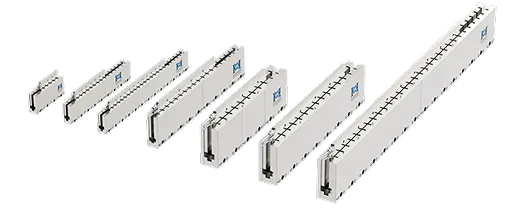
Optimized for Ultra-Clean Performance
Engineered specifically for high-vacuum environments (down to 10⁻⁸ mbar), both coil units and magnet tracks are crafted from low-outgassing materials to avoid particle generation and maintain sterile conditions.
Built for High Vacuum & UHV Stability
From semiconductor fabs to ultra-high-vacuum research chambers, ITG’s motors maintain consistent thrust and cleanliness even in extreme vacuum settings. The ILV Series (ILV59, ILV91, ILV109) are certified for high-vacuum use up to 10⁻⁸ mbar.
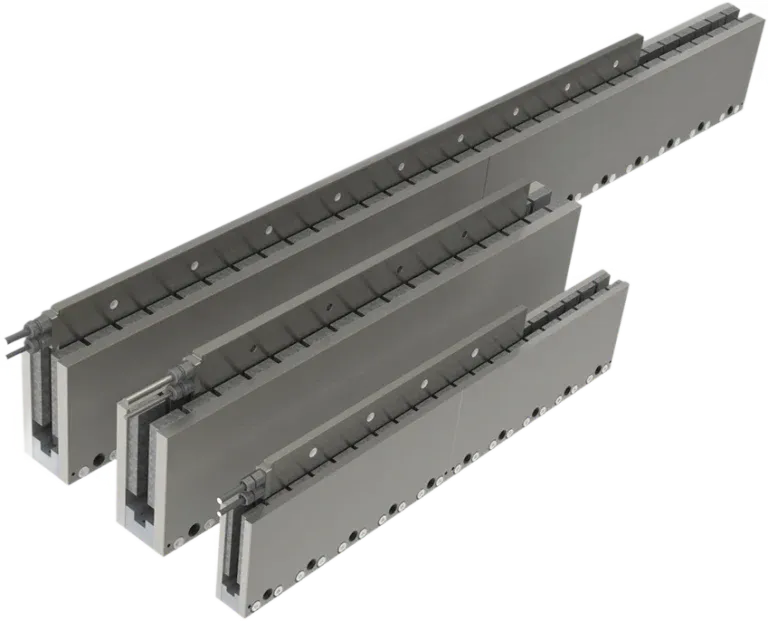
Custom Configuration for Tailored Needs
ITG supports full customization coil length, force profile, mounting, cabling, and encoder integration making it ideal for complex applications like vacuum robotics, vacuum-based lithography, or lab automation.
Conclusion
Operating in a vacuum environment demands more than standard motion control; it requires precision, cleanliness, and complete system optimization. With features like ironless design, low outgassing, and smooth responsiveness, ITG’s vacuum linear motors deliver exactly what high-vacuum applications need. If precision matters, your motion system must be vacuum-ready.

